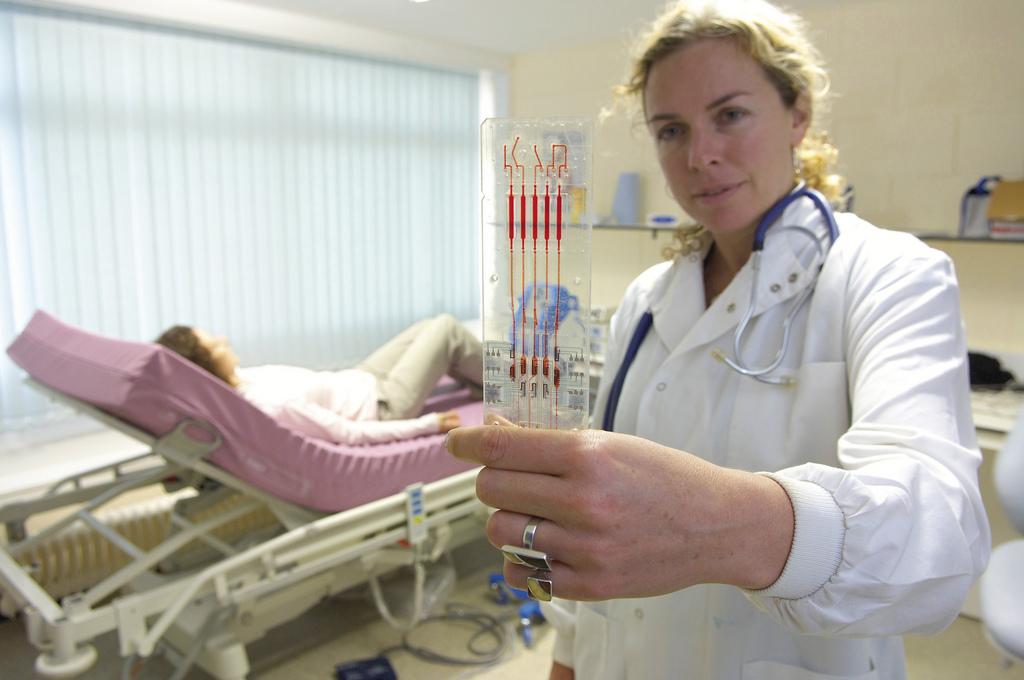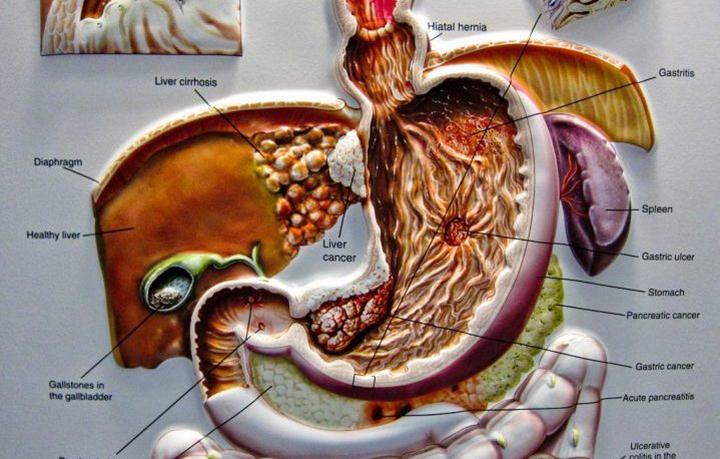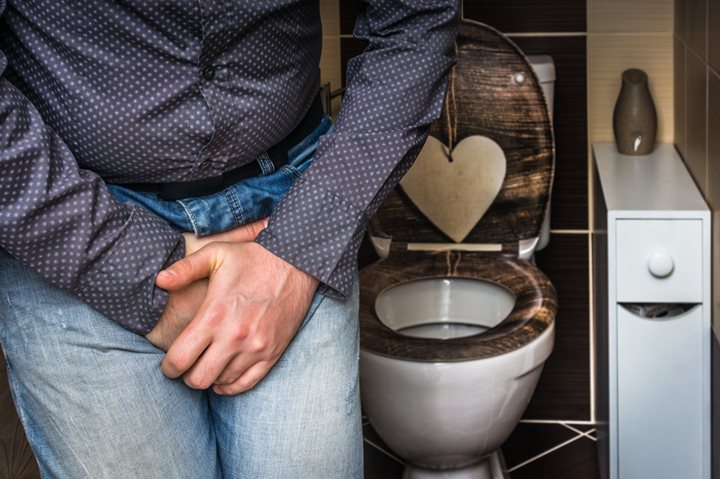The treatment you receive for urinary incontinence will depend on the type of incontinence you have and the severity of your symptoms.
Urinary incontinence is the involuntary leakage of urine; control over the urinary sphincter is either lost or weakened. Urinary incontinence is a condition much more common than most people realize. According to the American Urological Association statistics, one-quarter to one-third of men and women in the United States are estimated experience urinary incontinence.
Urinary incontinence is a lot more common among women than in men. An estimated 30 percent of females aged between 30 and 60 are thought to suffer from it, compared to 1.5 to 5 percent of men. If your incontinence is caused by an underlying condition, you may receive treatment for this alongside your incontinence treatment.
Conservative treatments, which don’t involve medication or surgery, are tried first. These include:
- Lifestyle changes
- Pelvic floor muscle training (Kegel exercises)
- Bladder training
After this, medication or surgery may be considered
The various non-surgical treatments for urinary incontinence are outlined as follows below
- Lifestyle changes
Your GP may suggest you make simple changes to your lifestyle to improve your symptoms. These changes can help improve your condition, regardless of the type of urinary incontinence you have.For example, your GP may recommend reducing your caffeine intake. Caffeine is typically found in tea, coffee and cola, and can often increase the amount of urine your body produces.
- Altering how much fluid you drink a day
Drinking too much or too little can make your incontinence condition worse.
- Losing weight if you are overweight or obese
Ascertaining your Body Mass Index can go a long way in dealing with urinary incontinence.
- Pelvic floor muscle training
Your pelvic floor muscles are the muscles you use to control the flow of urine as you urinate. They surround the bladder and urethra, the tube that carries urine from the bladder outside the body.Weak or damaged pelvic floor muscles can cause urinary incontinence, so exercising these muscles is often recommended.Your GP may refer you to a specialist to start a program on pelvic floor muscle training.Your specialist will assess whether you’re able to squeeze (contract) your pelvic floor muscles and by how much.
If you can contract your pelvic floor muscles, you’ll be given an individual exercise program based on your assessment.
Your program should include doing a minimum of eight muscle contractions at least three times a day and the recommended exercises for at least three months. If the exercises are helping after this time, you can keep on doing them.Research suggests women who complete pelvic floor muscle training experience fewer leaking episodes and report a better quality of life.
In men, some studies have shown pelvic floor muscle training can reduce urinary incontinence, particularly after surgery to remove the prostate gland.
- Electrical stimulation
If you’re unable to contract your pelvic floor muscles, using a device that measures and stimulates the electrical signals in the muscles may be recommended. This is called electrical stimulation. A small probe is inserted into the vagina in women or the anus in men. An electrical current runs through the probe, which helps strengthen your pelvic floor muscles while you exercise them.
You may find electrical stimulation difficult or unpleasant to use, but it may be beneficial if you’re unable to complete pelvic floor muscle contractions without it.
- Biofeedback
Biofeedback is a way to monitor how well you’re doing the pelvic floor exercises by giving you feedback as you do them. There are several different methods of biofeedback:
– A small probe could be inserted into the vagina in women or the anus in men. This said probe senses when the muscles are squeezed and sends the information onto a computer screen.
– Electrodes could be attached to the skin of your tummy (abdomen) or around the anus. These electrodes also sense when the muscles are squeezed and send the information to a computer screen.
There isn’t a lot of convincing evidence that suggests biofeedback offers any significant benefits to people using pelvic floor muscle training for urinary incontinence. The feedback may help motivate some people to carry out their exercises.
- Vaginal cones
Vaginal cones may be used by women to assist with pelvic floor muscle training. These small weights are inserted into the vagina. You hold the weights in place using your pelvic floor muscles. When you can, you progress to the next vaginal cone, which weighs more.
Some women find vaginal cones uncomfortable or unpleasant to use, but they may help with stress or mixed urinary incontinence.
- Bladder training
If you’ve been diagnosed with urge incontinence, one of the first treatments you may be offered is bladder training. Bladder training may also be combined with pelvic floor muscle training if you have mixed urinary incontinence. It involves learning techniques to increase the length of time between feeling the need to urinate and passing urine. The course will usually last for at least six weeks.
- Incontinence products
While incontinence products aren’t a treatment for urinary incontinence, you might find them useful for managing your condition while you’re waiting to be assessed or for treatment to take effect.
Incontinence products include
- Absorbent products, such as incontinence pants or pads
- Handheld urinals
- A catheter, a thin tube that is inserted into your bladder to drain urine
Devices that are placed into the vagina or urethra to prevent urine leakage. For example, while you exercise.
Medication for stress incontinence
If stress incontinence doesn’t significantly improve, surgery for urinary incontinence will often be recommended as the next step. However, if you’re unsuitable for surgery or want to avoid having an operation, you may benefit from a medication called . This can help increase the muscle tone of the urethra, which should help keep it closed.
You’ll need to take by mouth twice a day, and will be assessed after two to four weeks to see if the medicine is beneficial or causing any side effects.
Possible side effects of can include:
- Nausea
- Dry mouth
- Extreme tiredness (fatigue)
- Constipation
Don’t suddenly stop taking , as this can also cause unpleasant side effects. Your GP will reduce your dose gradually. isn’t suitable for everyone, so your GP will discuss any other medical conditions you have to determine if you can take it.
Medication for urge incontinence
A class of drugs known as Antimuscarinics are used to treat urge incontinence. If bladder training isn’t an effective treatment for your urge incontinence, your GP may prescribe a type of medication called an Antimuscarinics. Antimuscarinics may also be prescribed if you have overactive bladder syndrome, which is the frequent urge to urinate that can occur with or without urinary incontinence. A number of different antimuscarinic medications can be used to treat urge incontinence, but common ones include oxybutynin, tolterodine and darifenacin.
These are usually taken by mouth two or three times a day, although an oxybutynin patch that you place on your skin twice a week is also available. Your GP will usually start you at a low dose to minimize any possible side effects. The dose can then be increased until the medicine is effective.
Possible side effects of Antimuscarinics include:
- Dry mouth
- Constipation
- Blurred vision
- Fatigue
In rare cases, antimuscarinic medication can also lead to a type of glaucoma, a build-up of pressure within the eyeball, called angle-closure glaucoma. You’ll be assessed after four weeks to see how you’re getting on with the medication, and every 6 to 12 months thereafter if the medication continues to help.
Your GP will discuss any other medical conditions you have to determine which Antimuscarinics are suitable for you.
Mirabegron: If Antimuscarinics are unsuitable for you, they haven’t helped your urge incontinence or have caused unpleasant side effects, you may be offered an alternative medication called Mirabegron.
Mirabegron causes the bladder muscle to relax, which helps the bladder fill up with and store urine. It is usually taken orally once a day.
Side effects of Mirabegron can include:
- Urinary tract infections (UTIs)
- A fast or irregular heartbeat
- Sudden noticeable heartbeats (palpitations)
- A rash accompanied by itching
Your GP will discuss any other medical conditions you have to determine whether Mirabegron is suitable for you.
Medication for Nocturia
A low-dose version of a medication called desmopressin may be used to treat nocturia, which is the frequent need to get up during the night to urinate, by helping to reduce the amount of urine produced by the kidneys. Another type of medication taken late in the afternoon, called a loop diuretic, may also prevent you getting up in the night to pass urine.
Diuretic medicine increases the production and flow of urine from your body. By removing excess fluid from your body in the afternoon, it may improve symptoms at night.
Loop diuretics are not licensed to treat nocturia. This means that the medication may not have undergone clinical trials, a type of research that tests one treatment against another, to see if it’s effective and safe in the treatment of nocturia. However, your GP or specialist may suggest an unlicensed medication if they think it’s likely to be effective and the benefits of treatment outweigh any associated risk.
If your GP is considering prescribing a loop diuretic, they should tell you it’s unlicensed and discuss the possible risks and benefits with you.
Featured Image: DepositPhotos/andriano_cz




